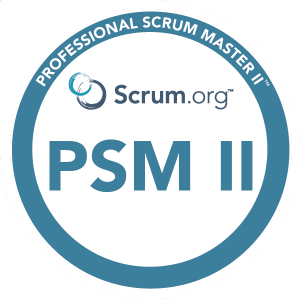
Something many PMBOK practitioners are familiar with already, but always worth honing in on, is the project or program ritual of formalizing a project charter.
A project charter is the pinnacle of any project, it is the justification and mandate for kicking off a project. Most commonly prepared at the start of a project by a project manager, it is the authorization by the project sponsor to unlock organizational resources to achieve the project objectives set forth in the charter.
A Project Charter is a document issued by the project initiator or sponsor that formally authorizes the existence of a project, and provides a project manager with the authority to apply organizational resources to project activities.
PMBOK
The charter acts as the explicit sign-off from the project sponsor formally acknowledging the project as a mandate, assigning resources including the project manager. PMBYPM define the following reasons as justifying the important of a charter:
- It recognizes the existence of the project.
- It authorizes the project manager to use the organizational resources to meet the documented objectives of the project under the given constraints.
- It defines the authority level of the project manager.
- It ensures that all major project stakeholders formally agree on the project description and are fully committed towards the project goal.
- It provides a bird’s eye view of the project by documenting project’s goal, objective, description, and purpose.
- It contains high level information that is available at the start of the project e.g. scope, schedule, budget, resource estimates, risks, and deliverables.
- It lists all the major project stakeholders and their role in the project.
- It defines high level role and responsibilities of the major project stakeholders.
What goes into a project charter?
According to PMBOK, the process inputs of a project charter are:
- Purpose and justification for the project.
- Measurable objectives.
- High-level requirements, or Business Requirements Document (BRD).
- Deliverable milestones.
- Identified project risks.
- List of key stakeholders
- Pre-approved budget.
- Project success criteria.
- Criteria for existing a project.
- Name of project manager, and authority mandate.
- Name of project sponsor, and authority mandate.
Why insist on a project charter?
Providing the aforementioned repository of artifacts acts as a true north beacon for the program or project, for the engineering team, stakeholders, providing a clear authority and directive for doing this project, information on what the project is, how to measure the success of the project, and who are the important stakeholders that are tasked with delivering this project. It may seem like overkill for smaller projects but a successful project always starts on the right foot, with the right questions and answers.



